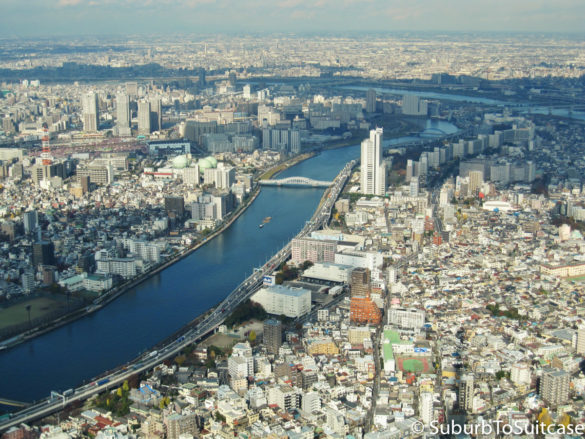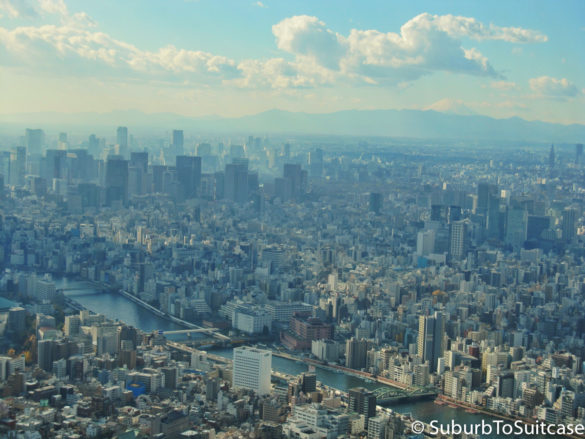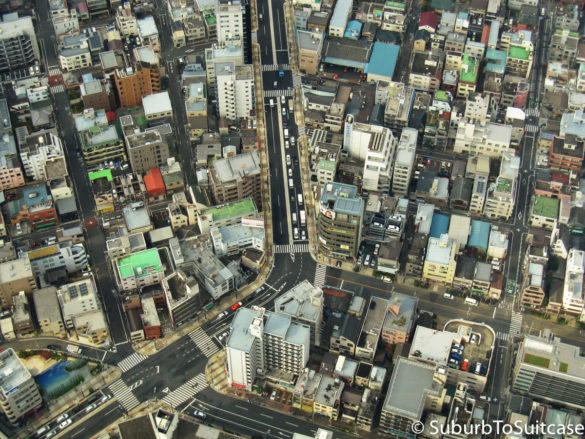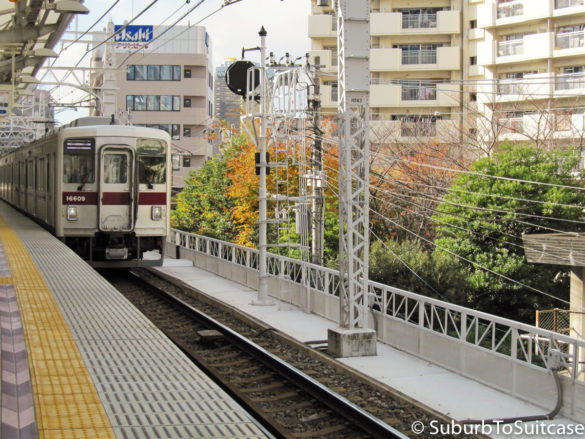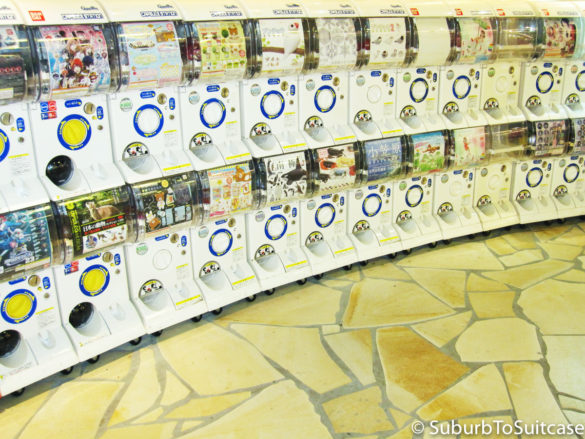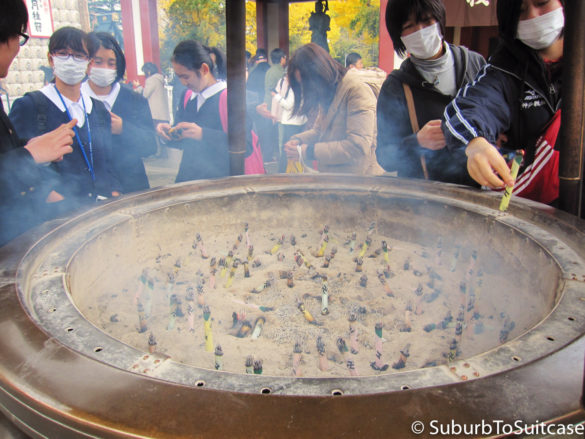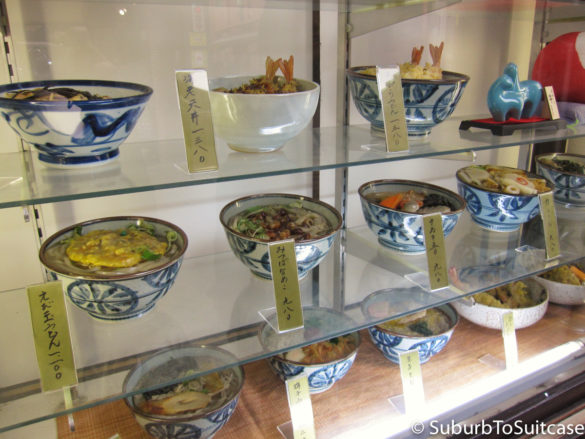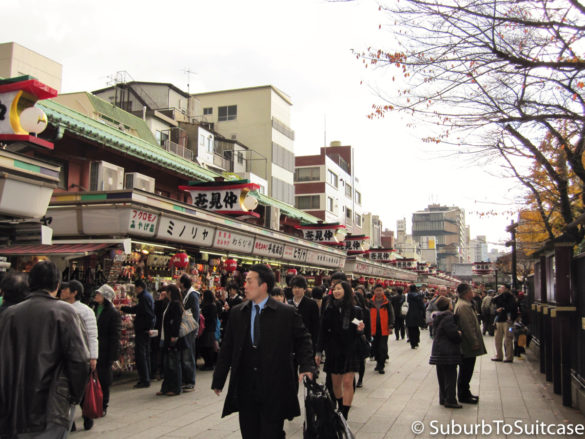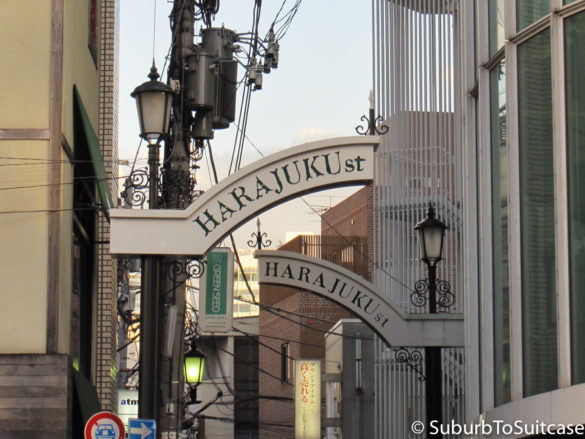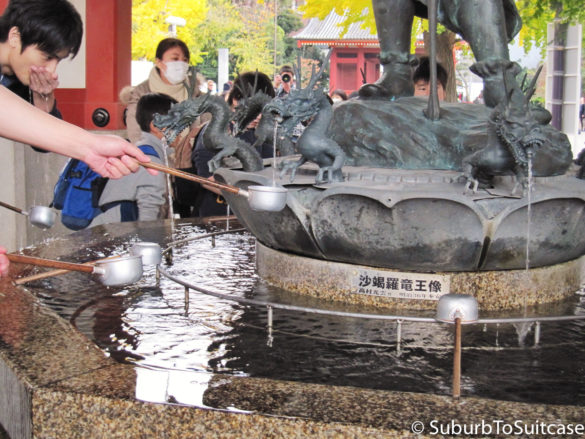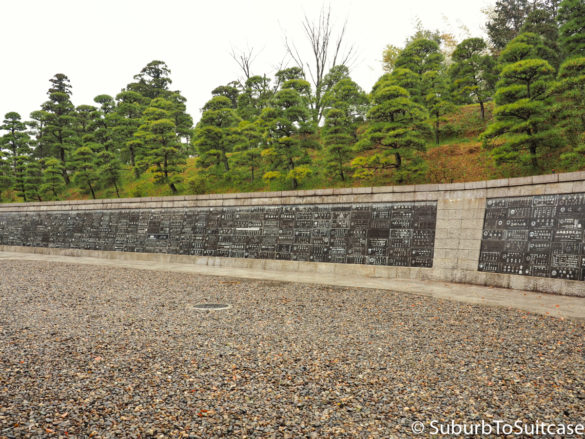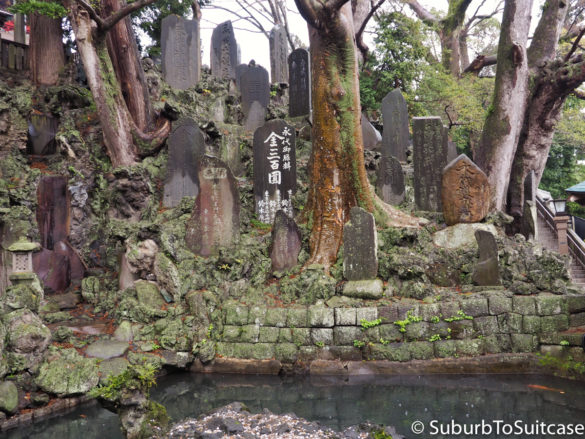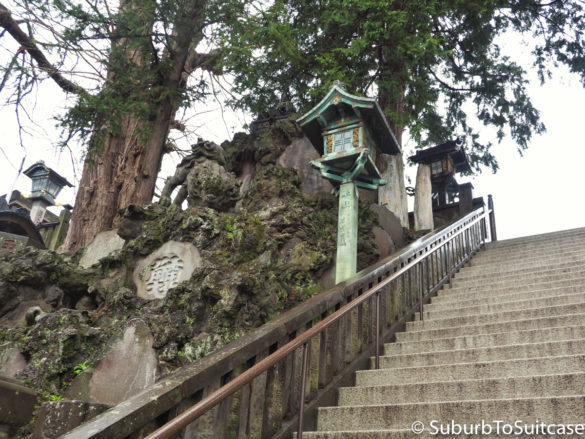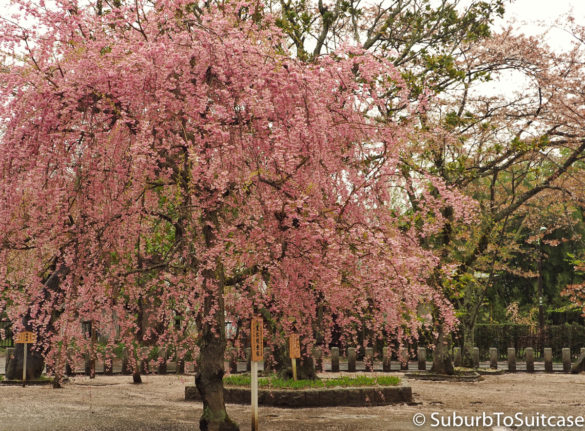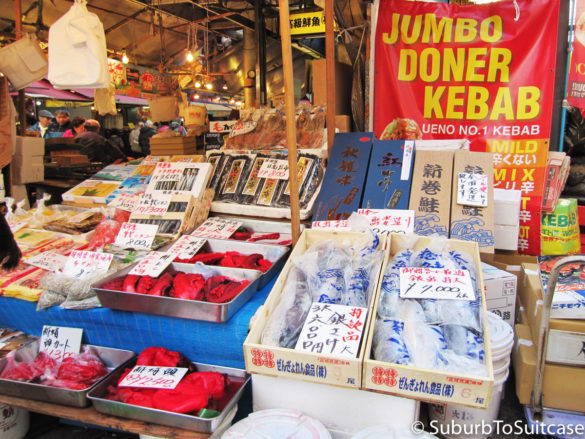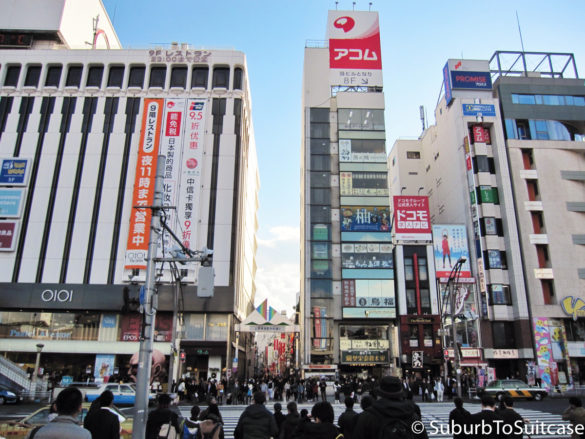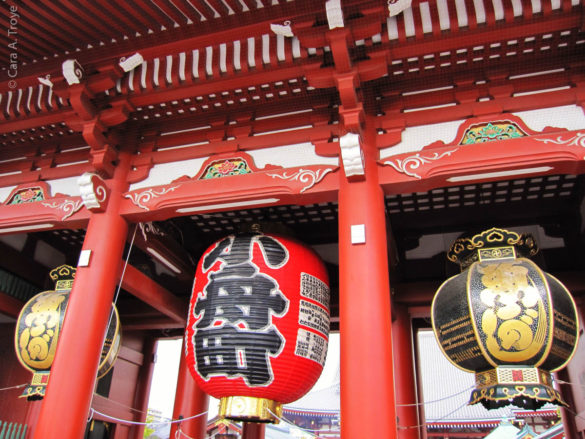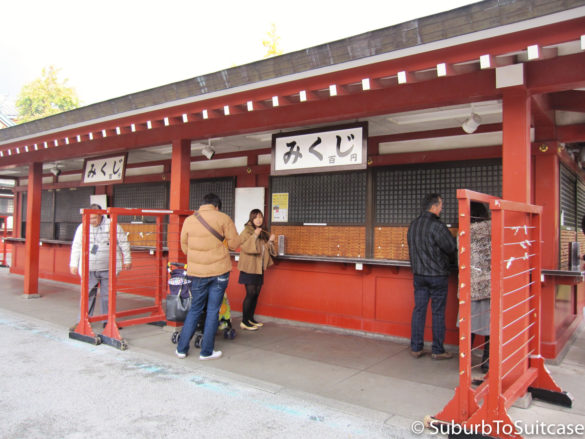It really is simple venturing out in Japan. Whether you are flying into Haneda or Narita airports immigration and customs are a breeze going – highly efficient and organized. You can catch trains right at the airports so there is no need to pay for a taxi or try to figure out the bus. Just be prepared with comfortable walking shoes. The easiest way to get into Tokyo is from Haneda. Narita has similar subway lines, but it is further from the city, the platforms are not as easily identified and the trains are slower. Both airports have baggage storage (lockers as well as rooms with attendants) and shower rooms available. Haneda’s information desk is centrally located and staffed with super nice and helpful assistants – feel free to ask all your tourist questions and get recommendations and complimentary maps here.
The beauty of Tokyo (aside from the actual beauty) is that is has perhaps the best train system I have ever experienced. Sure, it is a complex maze that almost made me cry at first, but once you understand the general patterns (letter, color and number codes), everything is so simple. The trains are incredibly well timed and I never waited more than a couple of minutes for each to arrive once I departed Haneda. A quick tip is to take a photo of the map to keep on your phone. Then, you won’t have to remember what color goes with the Ginza or Shinjuku line, for example, and you can easily ask for navigation assistance even if you do not speak Japanese. All you really need to remember though is the first letter of your train’s name, the color of the train line on the map and the stop number that you want to go (e.g., A20 pink = Asakusa line, Skytree stop). The colors, letters and numbers all stay consistent on the trains as well as the platforms. The only trick really is just getting out of the airport. From Haneda, I like the Keikyu line since it is has an express route toward Asakusa which is a must-see destination.
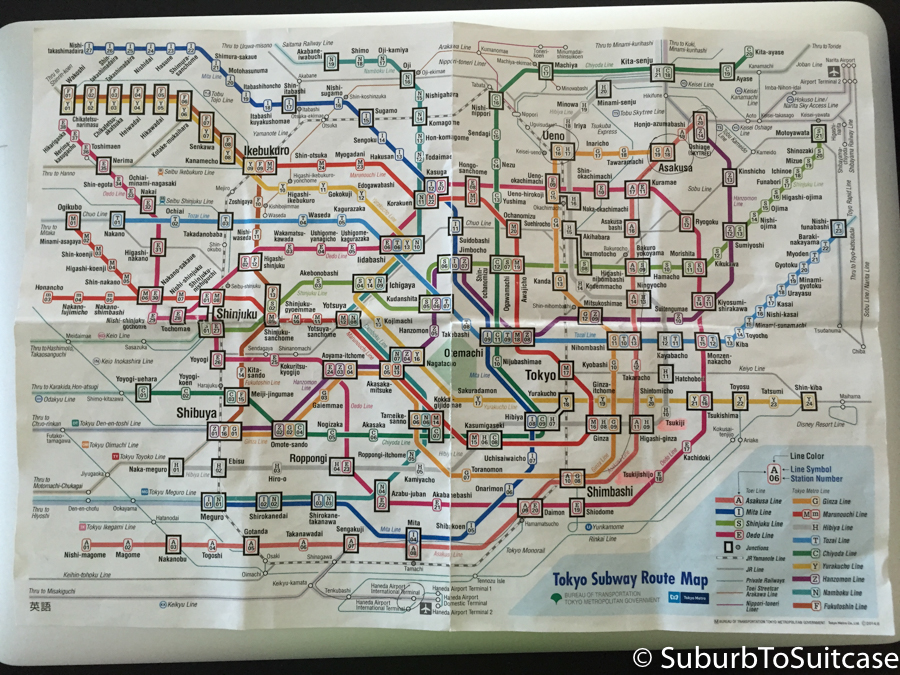
Subway Map
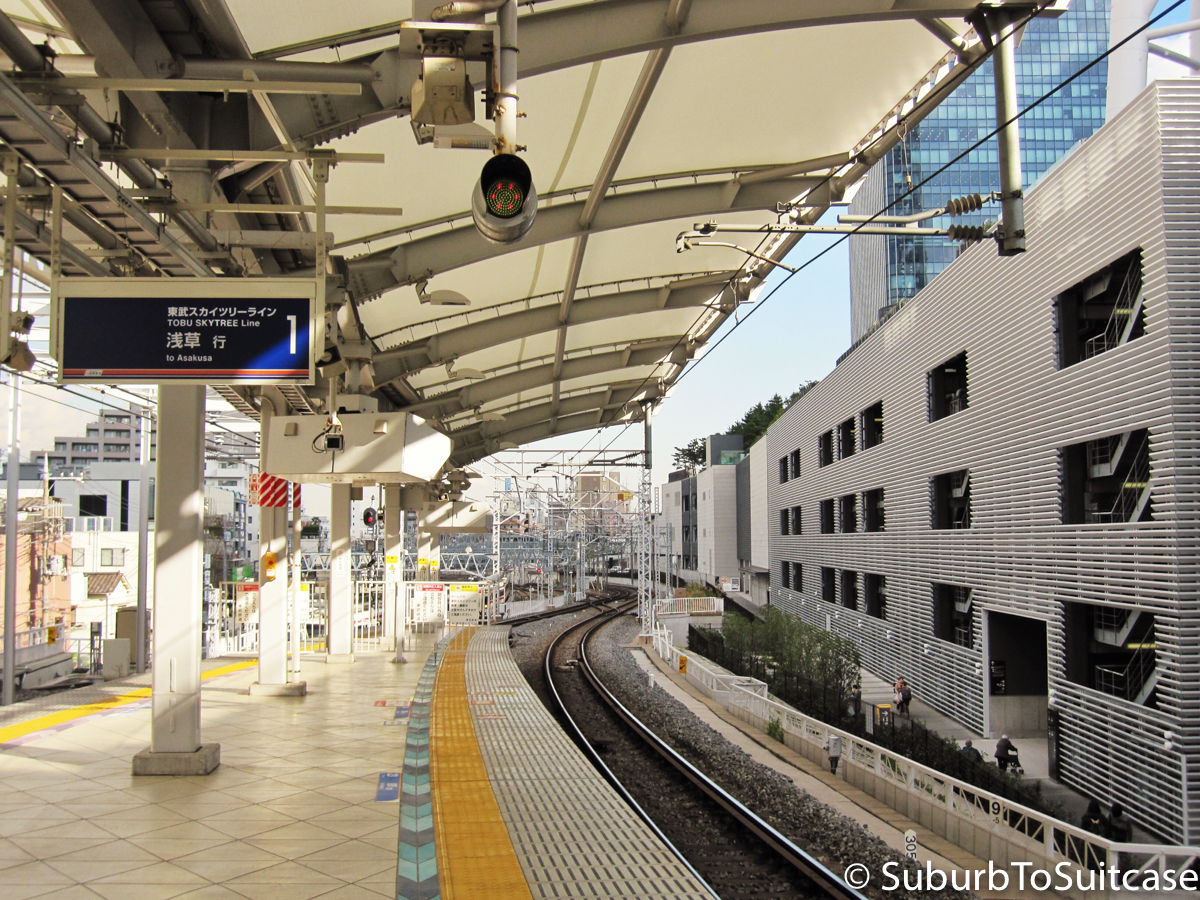
Tokyo Train Platform – Asakusa Line
One word for Tokyo: CLEAN!…and I mean immaculate, from the subway trains to the platforms to the shopping centers, streets, temples or markets – all of it – impeccably sanitary. Still, due to the congestion and air pollution (and more recently, social factors), many paper hygiene masks seem to be worn, especially in the busy places such as transit terminals and shopping areas. I covered a lot of ground while I was in Tokyo and always felt safe walking and taking the trains even after dark. There are tourist police in many areas and I’m guessing there are numerous security measures in place that are not unnoticeable.
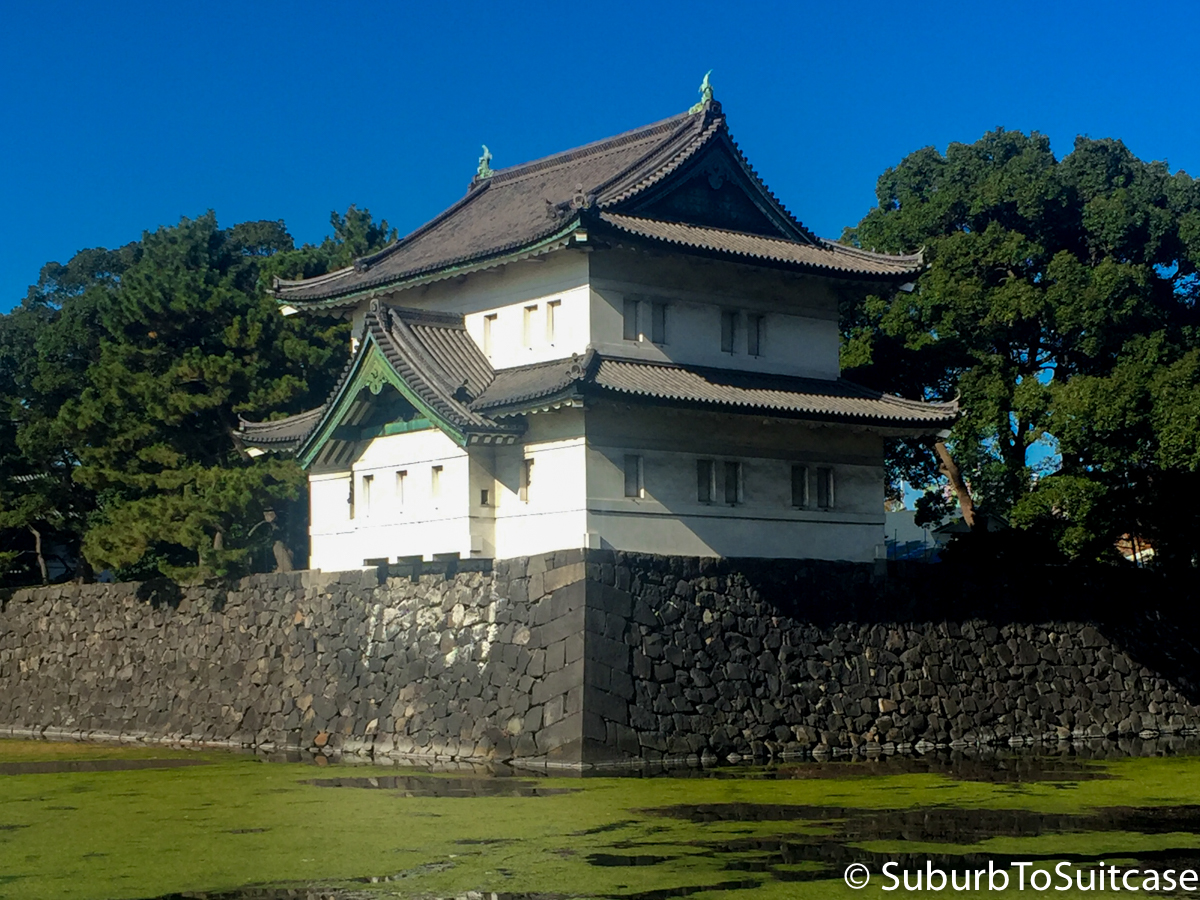
Tokyo Imperial Palace
One trend I found was that most people wore dark colors in the city – black, navy and gray – until I arrived in the more youth-centered areas such as Harajuku with the vibrant and edgy fashion focus. People dress more formally in the city so I would recommend avoiding clothing that is overly casual. Comfortable shoes are a must, though. My feet wanted to give out long before my interests or time did. Some areas a visitor might want to see (all conveniently connected with the subways) include:
Asakusa
If you can only see one area, this is it with the beautiful Sensō-ji Buddhist temple, peaceful outdoor scenic areas, street markets, plenty of restaurants and small shops for souvenirs and trinkets. When visiting the temple, first stop at the smoke station. Here, you will likely burn either a small stick of incense or other paper (follow the lead of the locals) then you should fan some smoke towards yourself since it is believed to have healing power. Next, stop at the purification fountain. You should take one of the ladles, fill it with water and rinse both hands (again, observe the locals). Some visitors will then transfer some water from the ladle into a cupped hand, sip a bit from their hands, rinse their mouth and spit the water beside the fountain (some will omit this step). It is important to note that you are not supposed to swallow the water, just rinse. Lastly, upon approaching the temple hall, toss some coins into the box, bow deeply twice, gently clap your hands twice, bow again and offer a brief prayer. In other words, just watch what everyone else does and try your best.
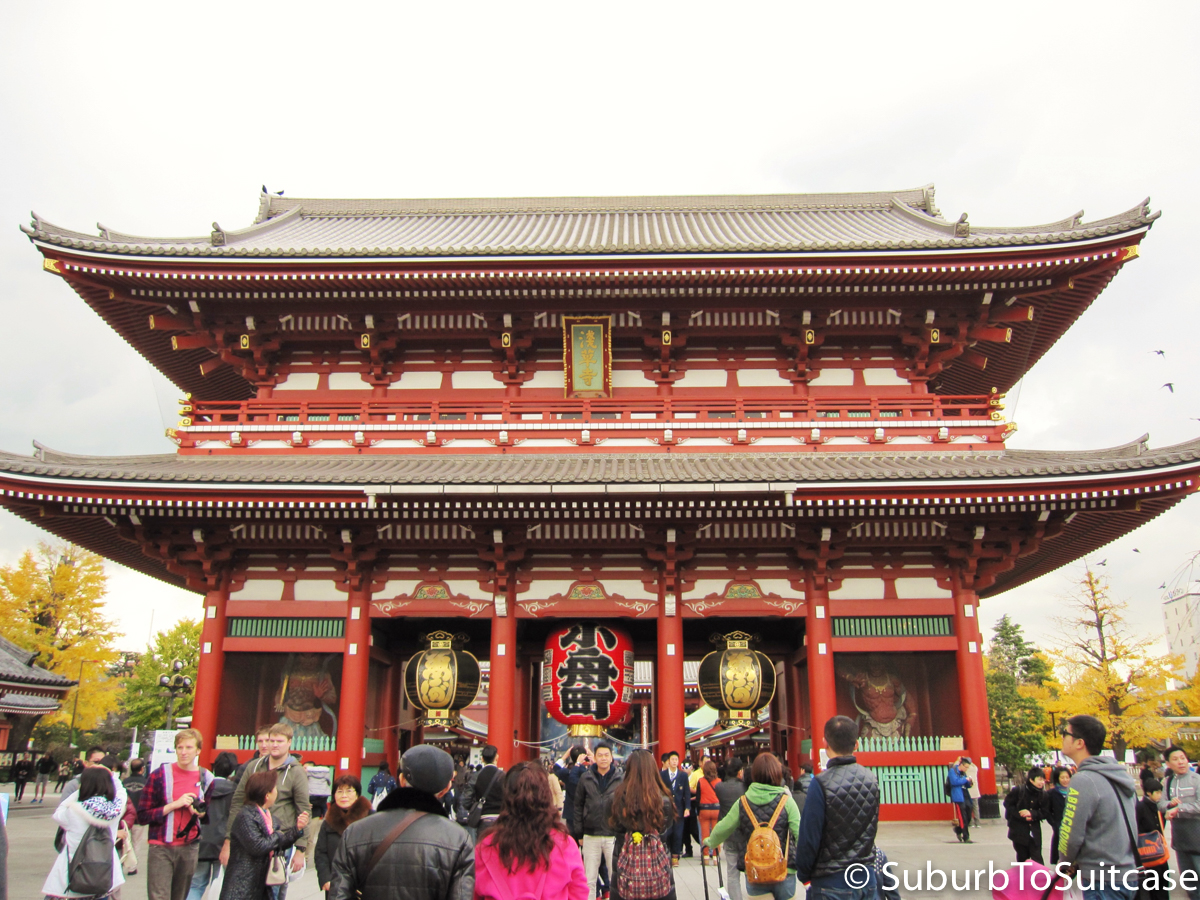
Sensō-ji Temple Grounds

Sensō-ji Temple Grounds
Sky Tree
There are great views of the city and Mt. Fuji in the distance (weather and pollution dependent) with awesome shopping for clothing and gift options in the adjoining center. The Sky Tree is similar to the Space Needle or Stratosphere in the US, so if you have a known fear of heights or confined spaces such as dimly lit elevators, you may want to appreciate from outside.
After the elevator ride, you can admire the view from the round observation deck windows or take a step onto the glass floor viewing station. When I visited, there was a Bavarian style holiday bazaar and food stands at the base of the structure so you never know what you may find seasonally.
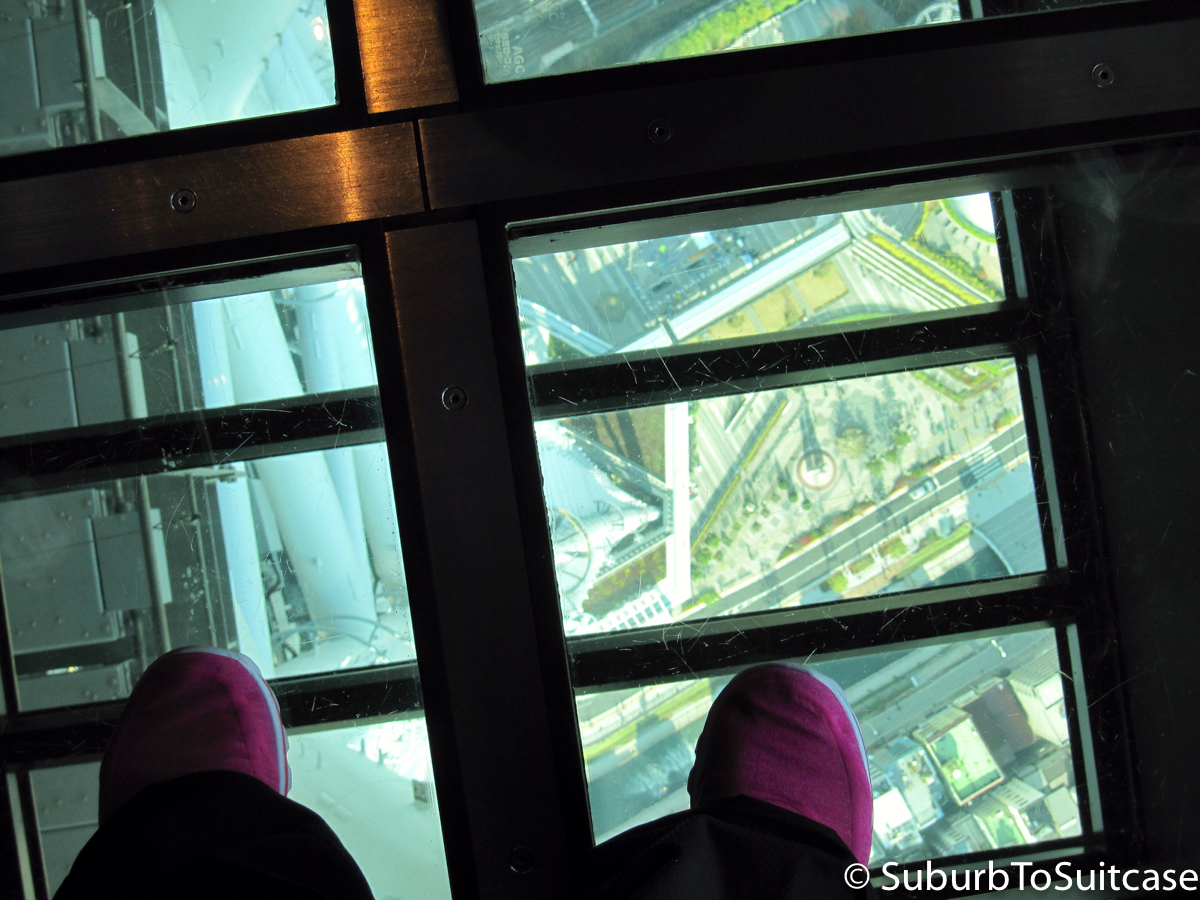
Looking Down on the Glass Floor of the Tokyo Sky Tree
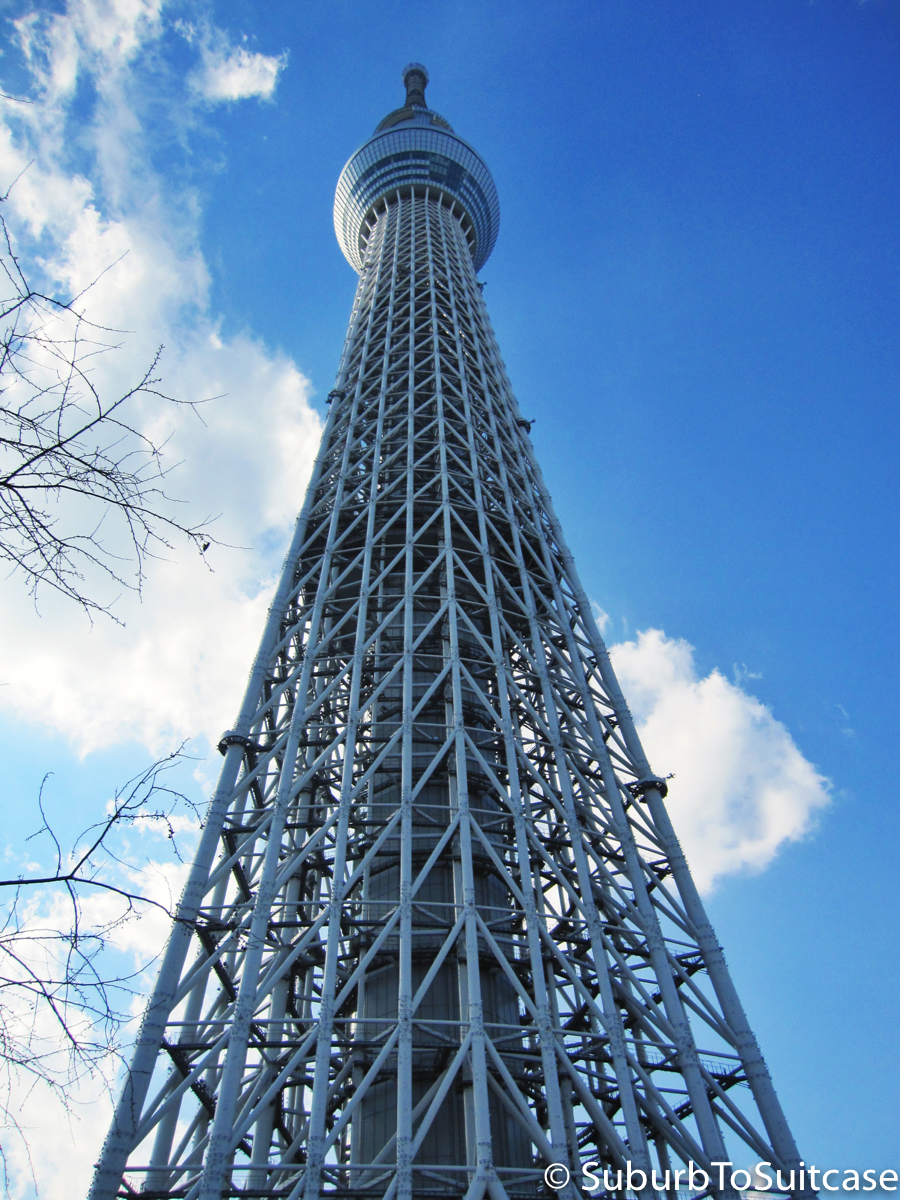
Tokyo Sky Tree
Ueno
This is a fun outdoor market with fresh fish and “casino” lined streets with pachinko machines and neon. The streets are lined with stalls selling leather goods, homemade snacks, technology, toys and just about anything you can imagine.
For a healthy treat, buy a spear of fresh pineapple, melon or strawberries here (so refreshing after walking around) for less than $1 USD – it was the best pineapple I had ever tasted.

Ueno Street Fruit Vendor
Harajuku
Sure, the teens here are all dressed like “Baby Spice,” but once you get past the unique fashion choices, it is actually a fun place to walk, shop and people-watch. If you can survive a sugar surge, try one of the huge crepe desserts served all over at the outdoor vendor carts (this was not something I braved, but they did look absolutely incredible and everyone was eating them).
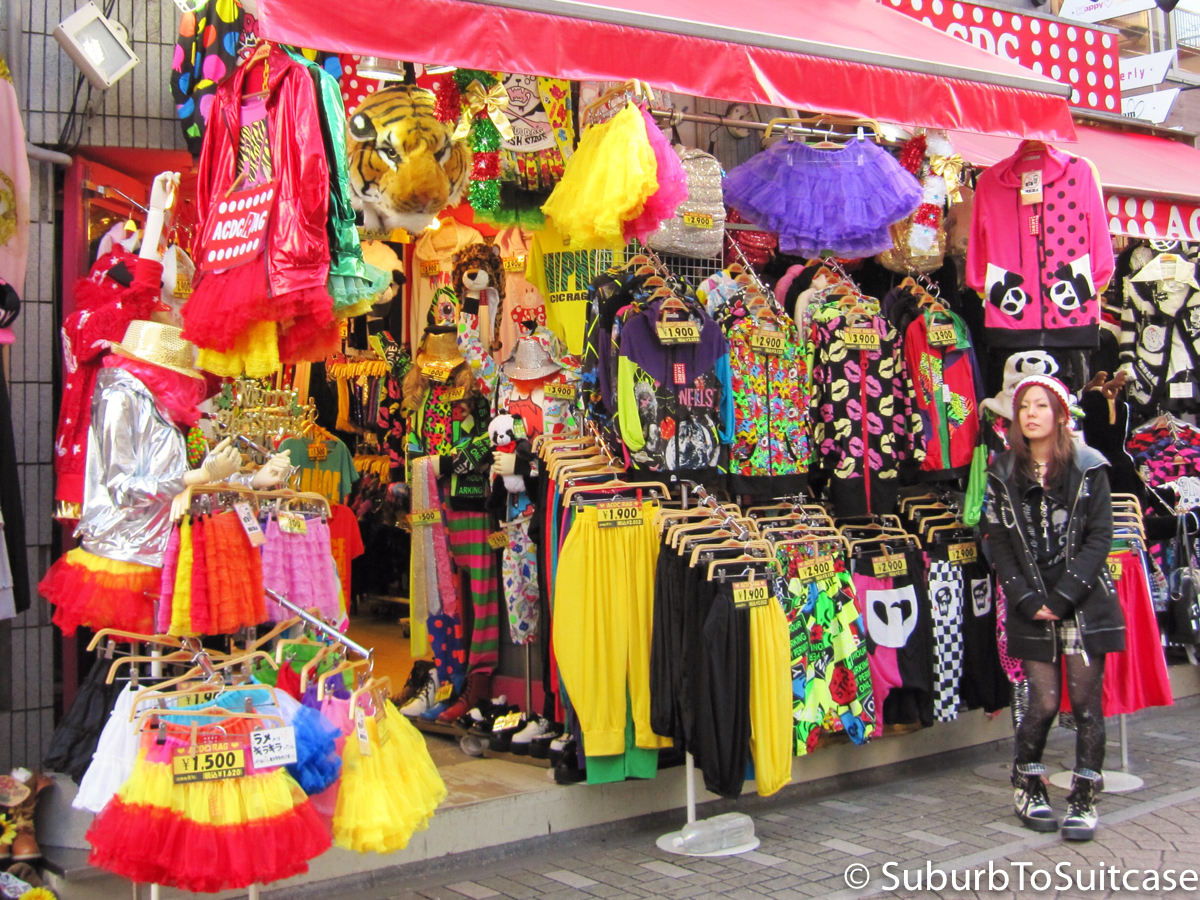
Harajuku Clothing Vendor
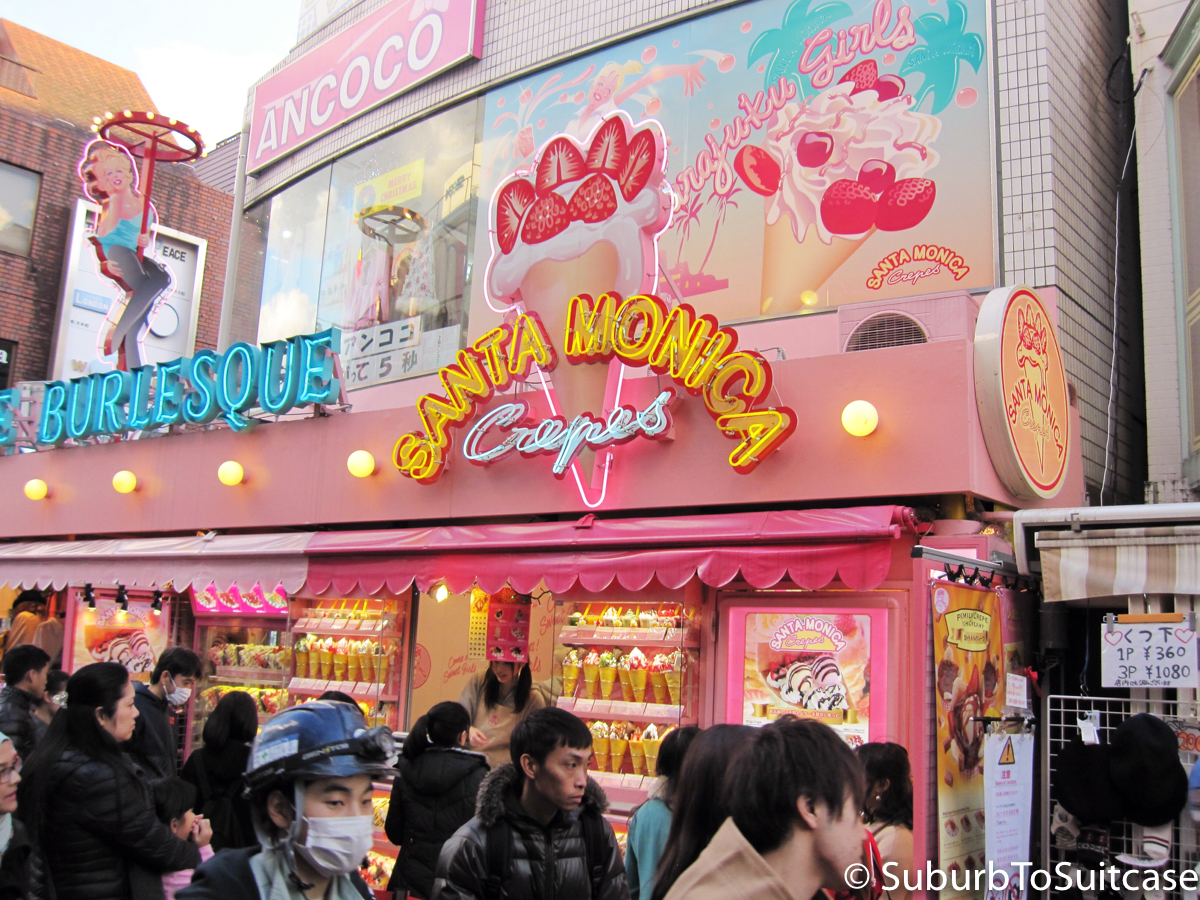
Harajuku Crepe Vendor
Shibuya
You will find your share of anime fashion walking the streets here too, but also lots of cafes and great shopping (budget travelers, pick up some inexpensive, high-quality novelty tees at UNIQLO) and an opportunity to watch the mass of pedestrians all try to cross the street in unison.
As for food options, my guess is that it is pretty much impossible to have a bad meal in Tokyo. There are numerous options for unique seafood (I noticed a lot of eel – yum), sashimi and ramen bowls but do not expect Western-style sushi trends here. For the brave, there are options to try the meticulously prepared, but highly poisonous pufferfish, which come with a warning but also an assurance from the talented chefs. If you are looking for a tiny indulgence, try the green tea ice cream. I found a little “ice cream burger” vendor in the Asakusa market area and it was delicious. A dollop of ice cream is sandwiched between two light and airy cookie pieces. The flavor of the cookie is similar to that of a fortune cookie (not overly sweet) and the ice cream is light and fresh.
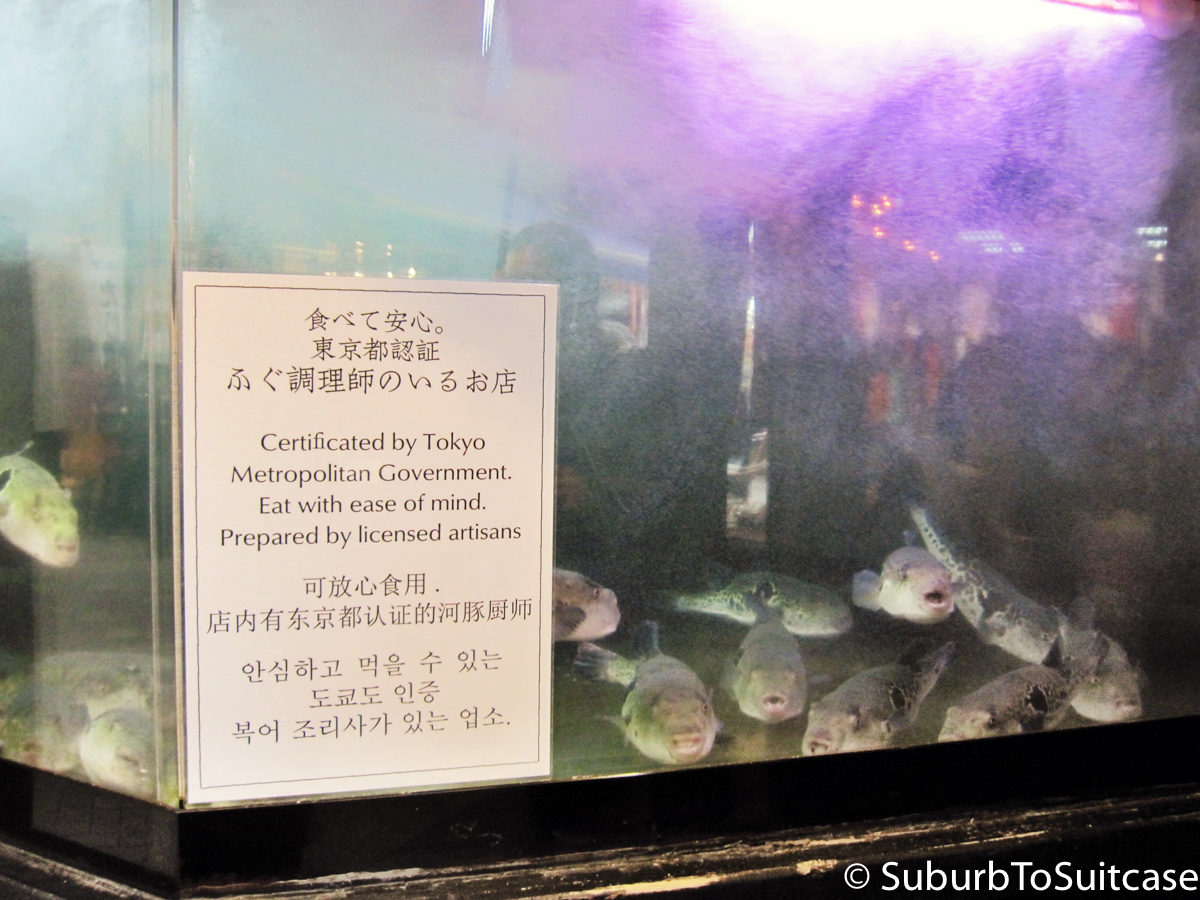
Pufferfish
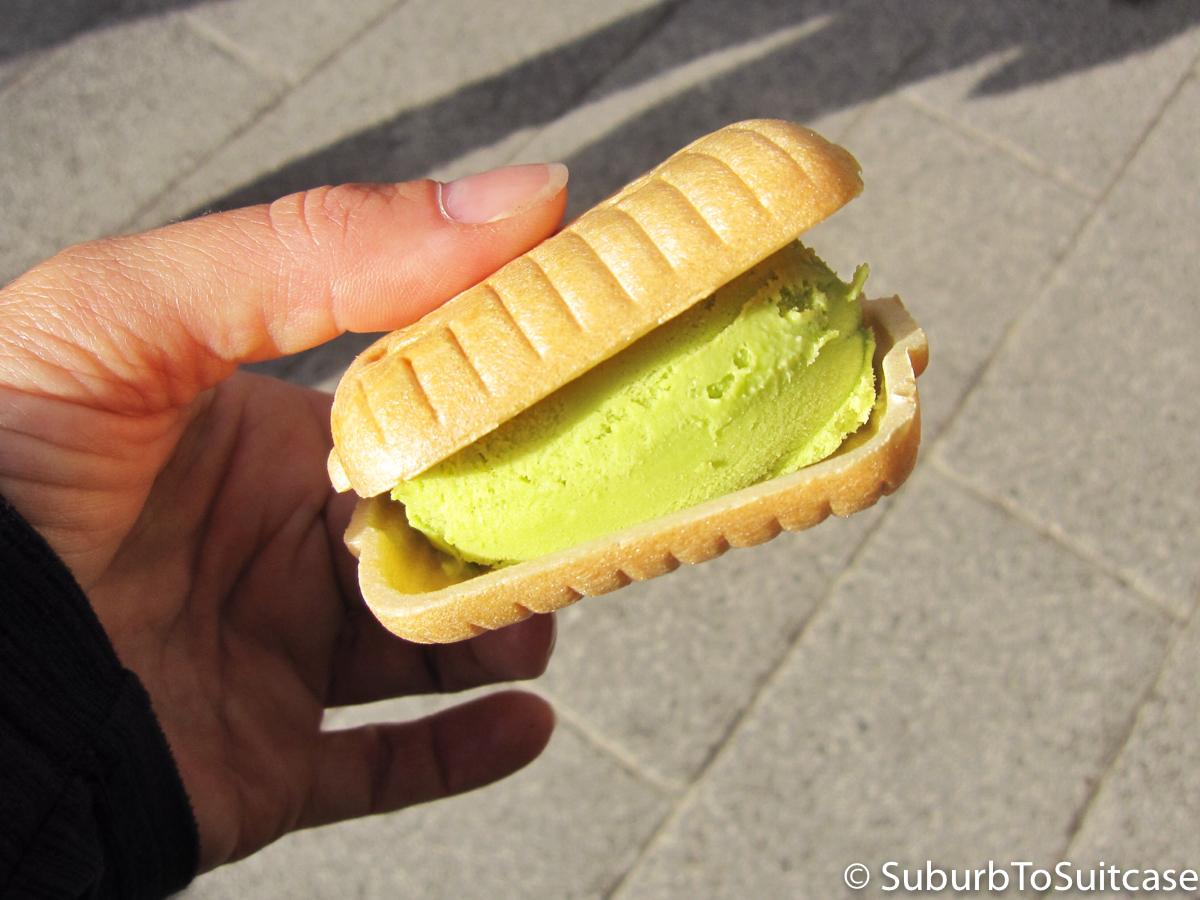
Green Tea Ice Cream “Burger”
Travel Tips (for Haneda airport):
Know that there is VERY limited comfortable seating before you pass through security. There are flat wood surfaces where you can sit but they will become uncomfortable quickly if you are not used to these. At the top of the escalators, there are a few padded chair rows where you can take a nap. Bottled water is not available throughout the airport except in restaurants – buy bottles to drink pre-security at the convenience store by the train. At night, there is a little observation area outside that is a nice distraction unless it is cold. Ramen and other local favorites are available in the airport as well as mochi snacks. Relax and have an iced jelly milk while you wait for your flight. If you want to bring home a snack souvenir, consider buying a little package of the the unique flavors of Kit Kat candy bars (mini sizes are available, some of which are only available in Japan) such a wasabi or green tea.
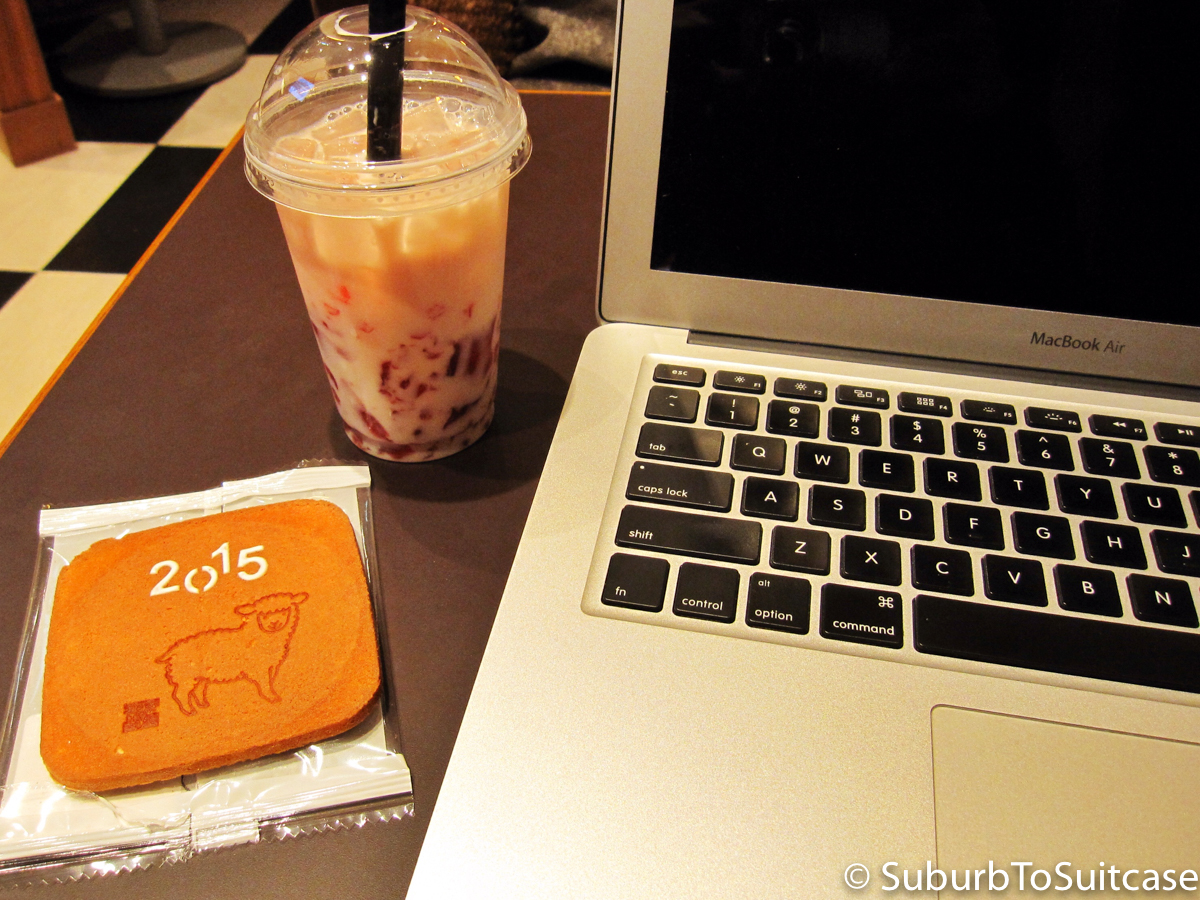
Cheers to 2015 – Year of the Sheep!
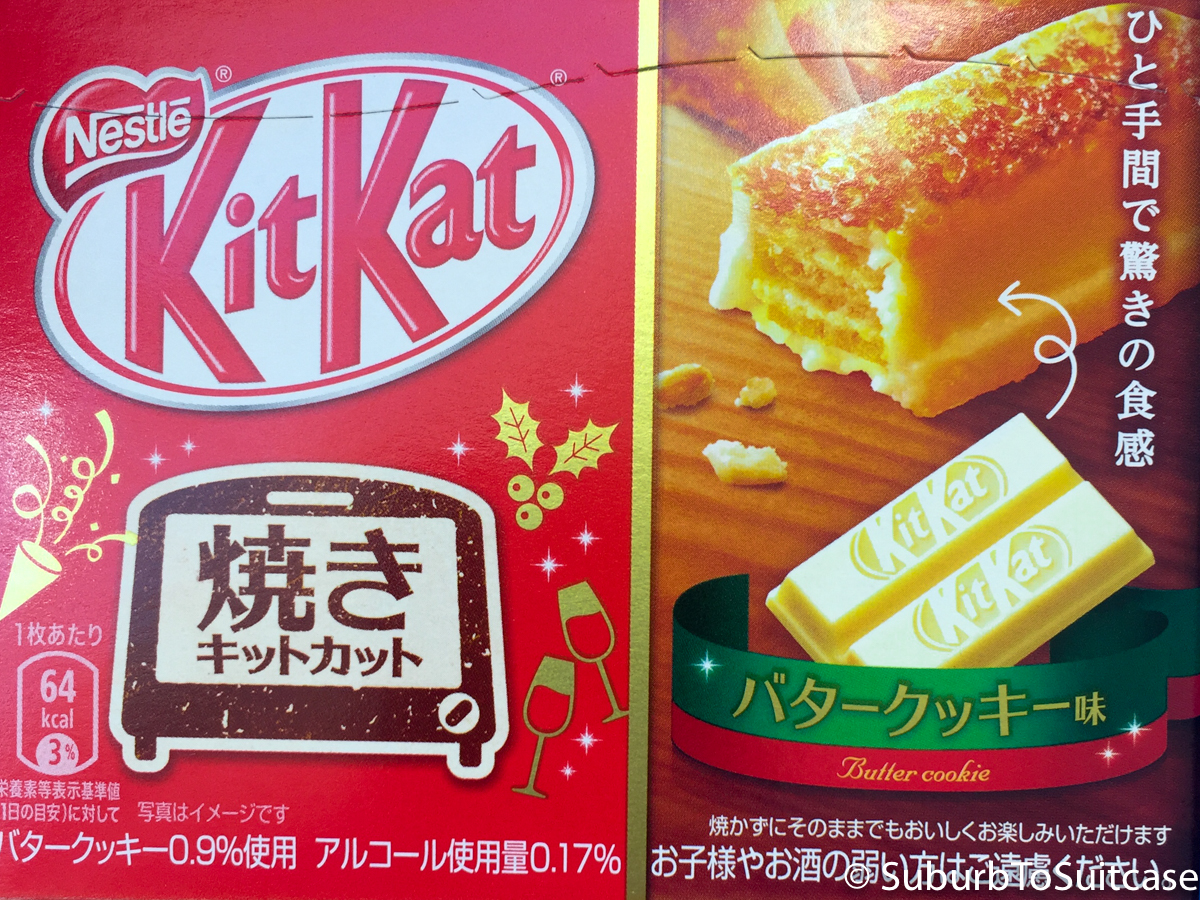
Look for these at the airport!
Narita
Narita is a city in Chiba, as well as the name of the other airport serving the Tokyo metro area. If you have limited time to spend outside of this airport, I would avoid trying to get into Tokyo unless you are very comfortable with the trains and are an “express” tourist – otherwise, Tokyo is better served through Haneda. Narita can still make for an enjoyable layover. Just stow your bags and head for the rails on the lower level of the airport.
If you take the Keisei train from the airport, the Narita-san Buddhist temple is only two stops away (about 10 minutes away once the train actually departs). The temple area itself is a 15 minute walk from the train stop, so weather may dictate whether you take a taxi from here. The hilly streets to the temple are quaint, full of restaurants and shops. At the temple, you will find a beautiful area with picturesque walking paths, koi ponds, traditional elements such as the water/smoke stations, fountains, museums…and lots of steep stairs. It really is a great stop for a short-term visitor to Japan. In early April, you can likely catch the cherry blossoms in season. It still might be wise to carry an umbrella and scarf in the spring.
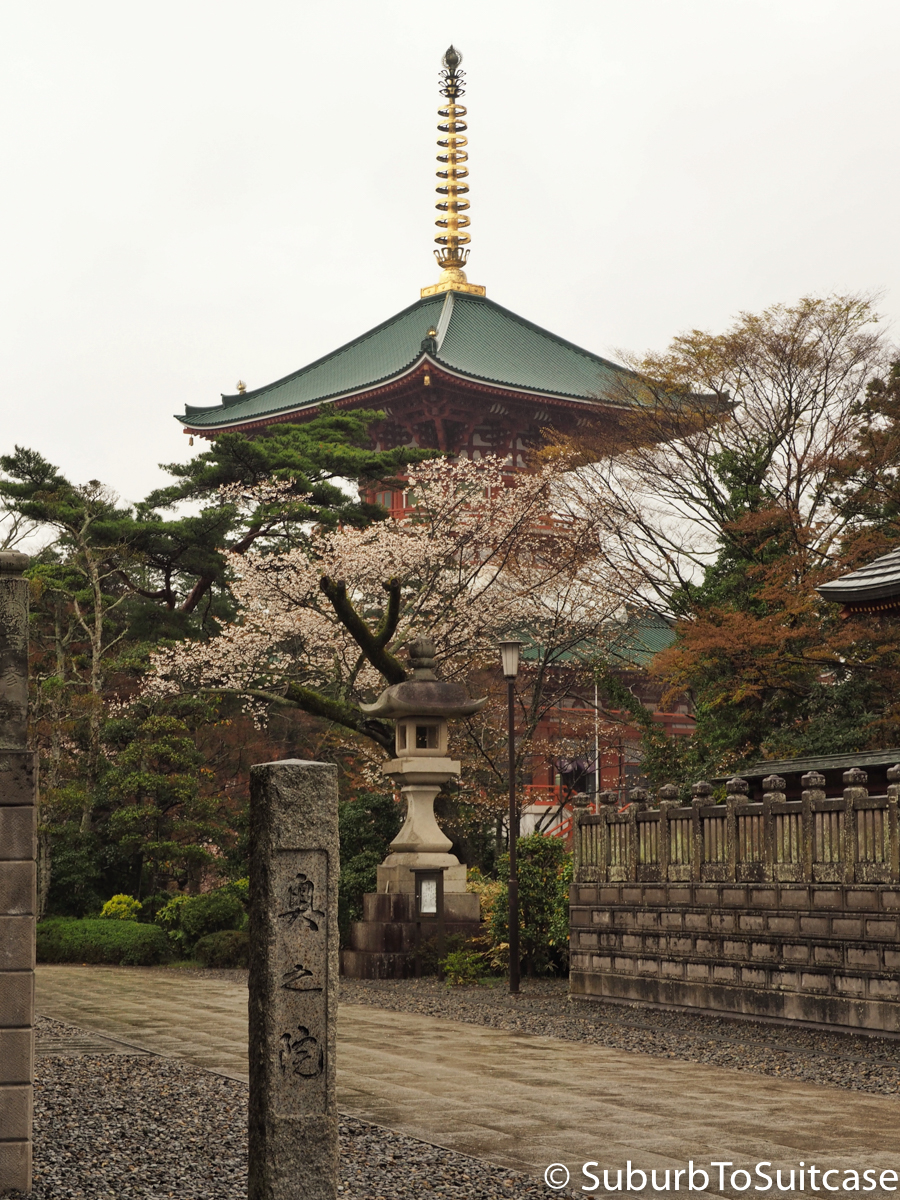
Narita-san Temple Grounds
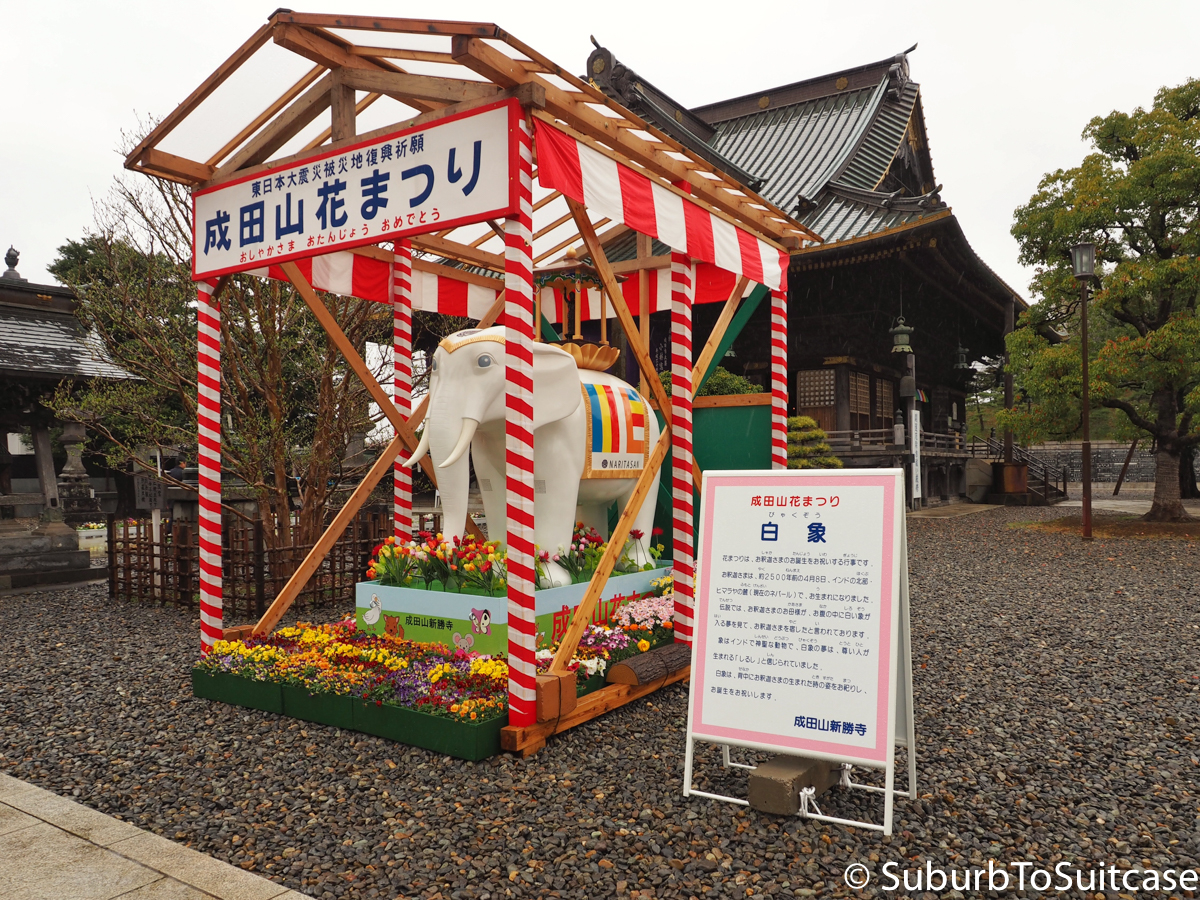
Narita-san Temple Grounds
Some temple areas are off-limits for photography (e.g., photos are rarely approved in museums or inside shrines). With a zoom lens, I was able to discreetly snap this photo from outside the actual temple with limited view into an open doorway toward the service. It was the first time I had been able to observe any type of Buddhist ceremony in progress. The artifacts, drumming and chants were all beautiful.
Before leaving the temple, be sure to stop and get your fortune. I have noticed that some form of fortune telling seems common in Japanese temple areas. Each looks a bit different, but the general premise is to deposit the small fee (here, it was 100 yen), choose a numbered drawer of your choice, take one of the sheets inside, read and enjoy!
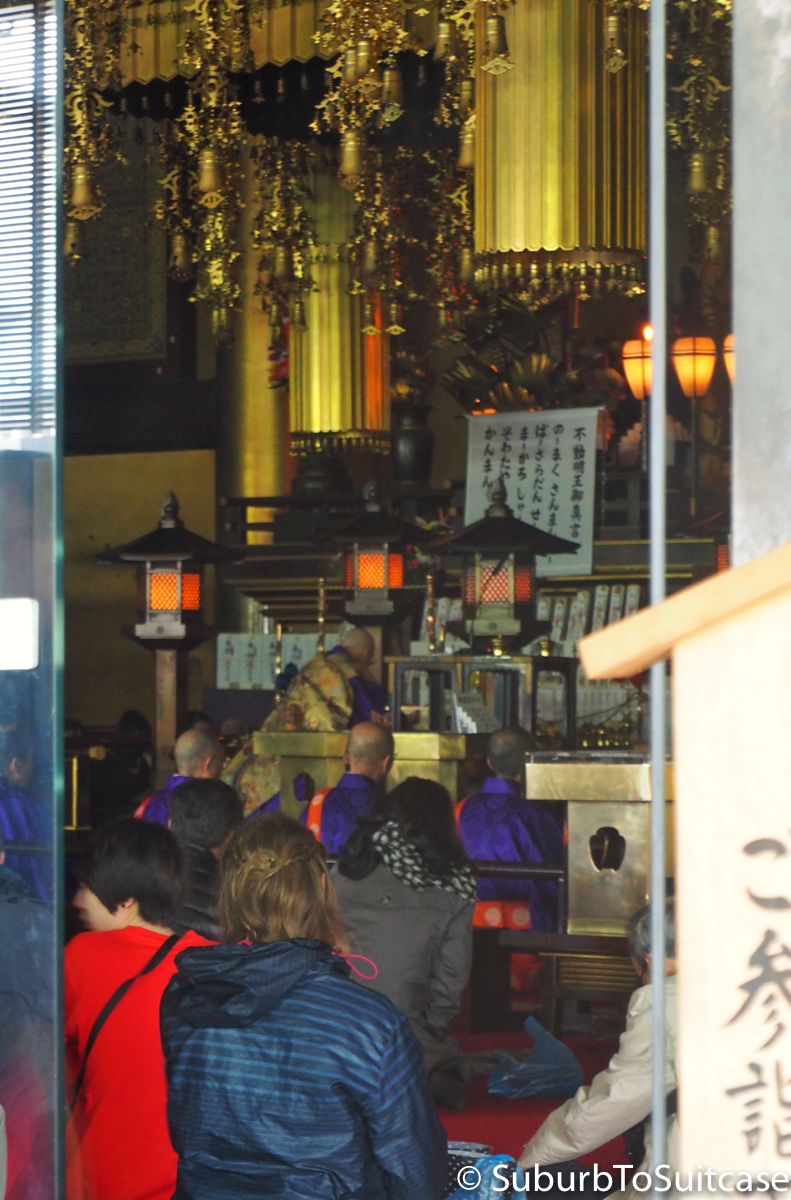
Narita-san Temple
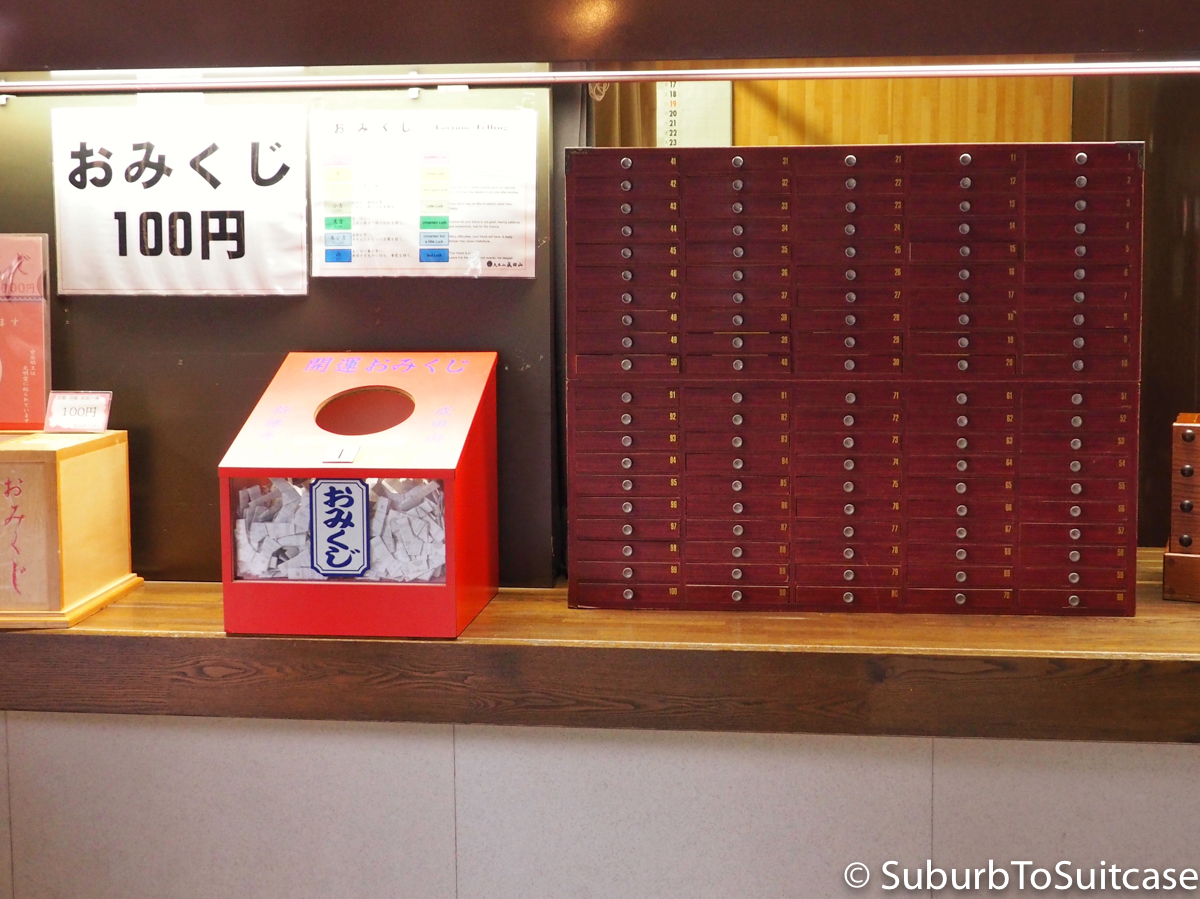
Fortune Box

